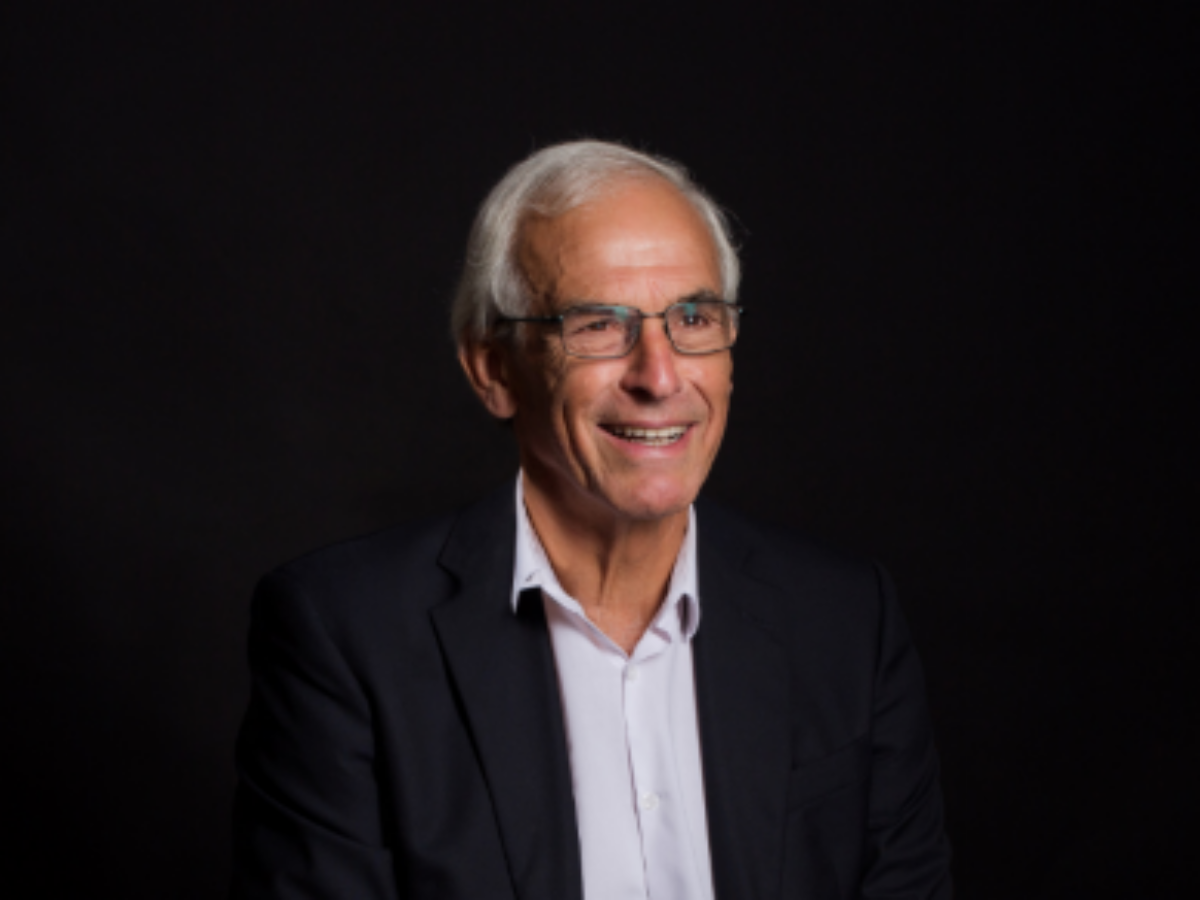Engineering and tech innovators shine in Clunies Ross awards

Solving sustainability problems, protecting healthcare providers from Covid-19, and using technology to train next-gen pilots are among the achievements of award-winning STEM innovators recognised at the Australian Academy of Technological Sciences and Engineering’s (ATSE’s) annual Awards, held tonight in Sydney.
Australian Academy of Technological Sciences and Engineering (ATSE) President Hugh Bradlow said the award winners demonstrate the cutting-edge creativity of Australian innovators.
“From innovating in the skies, where the best training is given to the next generation of our pilots, and drone flight monitoring is streamlined; down under the sea, where we can trace the origins of our food to ensure sustainability and best practice approaches to fishing.
“These award winners demonstrate the potential of brilliant Australian R&D.”
Scientia Professor Veena Sahajwalla has won the Clunies Ross Innovation Award for her globally recognised waste transformation technologies.
Professor Sahajwalla invented a patented Polymer Injection Technology known as Green Steel where waste rubber can be used instead of coke and coal, for a better, more environmentally sustainable steel making process.
She and her team are also commercialising their breakthrough MICROfactorie Technologies that transform diverse wastes – including textiles, glass and plastics – into products such as high-grade filaments for 3D printing and Green Ceramics for the built environment.
Clunies Ross Knowledge Commercialisation Award winners Professor Jason Monty and Dr Forbes McGain could see that intensive care workers were at great risk of COVID-19 exposure as early as March 2020, weeks, if not months, before many Australians began to feel the impact of the pandemic.
Dr Forbes had the idea that a pram-like hood placed over the head and torso of a patient would contain the virus particles and limit its spread. The Medihood is the result of this unique collaboration.
Professor Saeid Nahavandi won the Clunies Ross Entrepreneur of the Year Award for his exceptional work on the universal motion simulator – a two-story world-first haptically-enabled robot motion platform that functions as a vehicle and flight simulator.
Allowing pilots, drivers, and other users to experience the full range of motion as part of virtual reality training, this technology has medical, engineering, military, and education applications.
Batterham Medal for Engineering Excellence winner Dr Aaron McFadyen developed air traffic management technology that dropped approval times for drone flights from weeks to minutes, enabling the safe expansion of drone flight numbers over urban areas.
Dr McFadyen worked closely with the Civil Aviation Safety Authority and Air Services to create a system for automated approval for drone flights in the highly controlled airspace around airports.
Ezio Rizzardo Polymer Scholarship winner Jefferson Lam is a solar engineer taking cues from nature and the original solar energy harvesting experts – plants – to develop lightweight solar PV panels with better performance.
Lam’s polymer science and engineering mimics the structures of plants to create solar panels that can be deployed across Australia and the world at ultra-low cost.
Associate Professor Laura Downie, an international leader in vision care, has co-invented a device that could revolutionise dry eye diagnosis.
Her Acoustically-Driven Microfluidic Extensional Rheometry (ADMiER) device enables subtype specific diagnosis from a patient’s tear droplet, which means more well-informed treatment and better outcomes.
ICM Agrifood Award winner Dr Zoë Doubleday combined her expertise in marine ecology and geochemistry to develop a method to trace the origins of seafood.
This technology will increase consumer confidence in high quality seafood products from sustainable sources.
ICM Agrifood Award winner and chemical engineer Dr George Chen found a 20 per cent energy saving by using the salty whey from cheese-making.
Reducing the waste and energy use from milk powder manufacturing will increase sustainability in the dairy industry.
Picture:
Topics Manufacturing News Technology
@aumanufacturing Sections
Analysis and Commentary Awards Defence Manufacturing News Podcast Technology Videos






